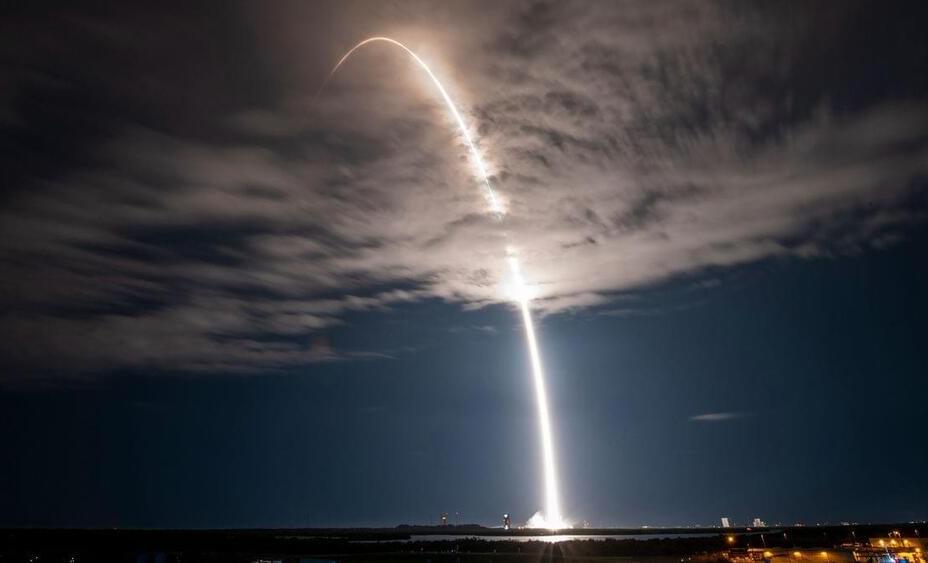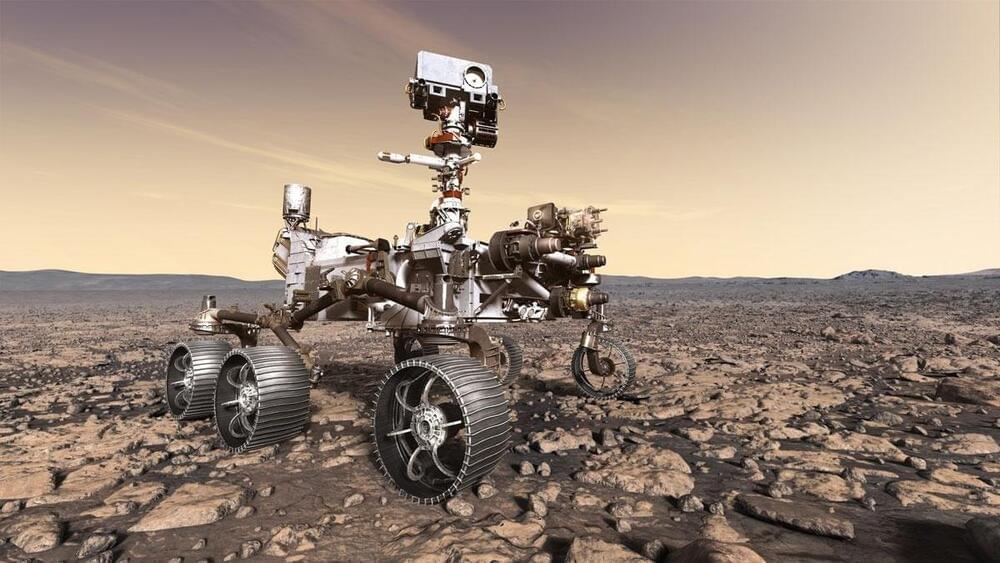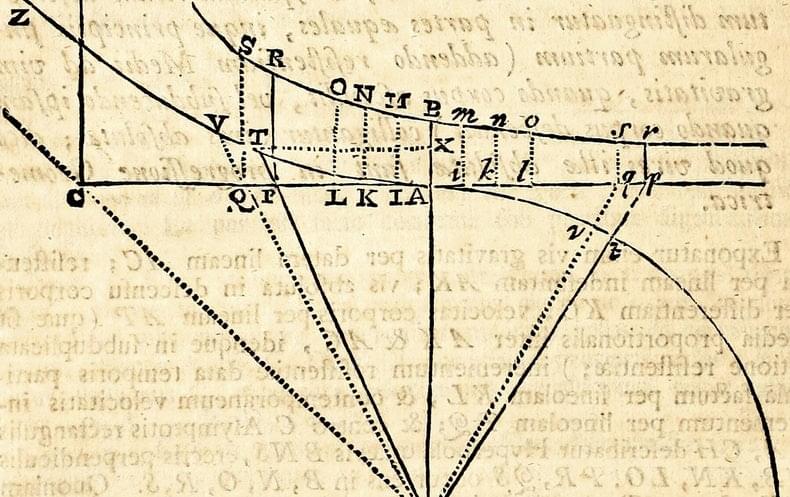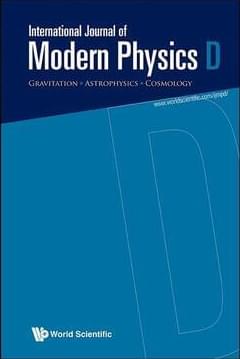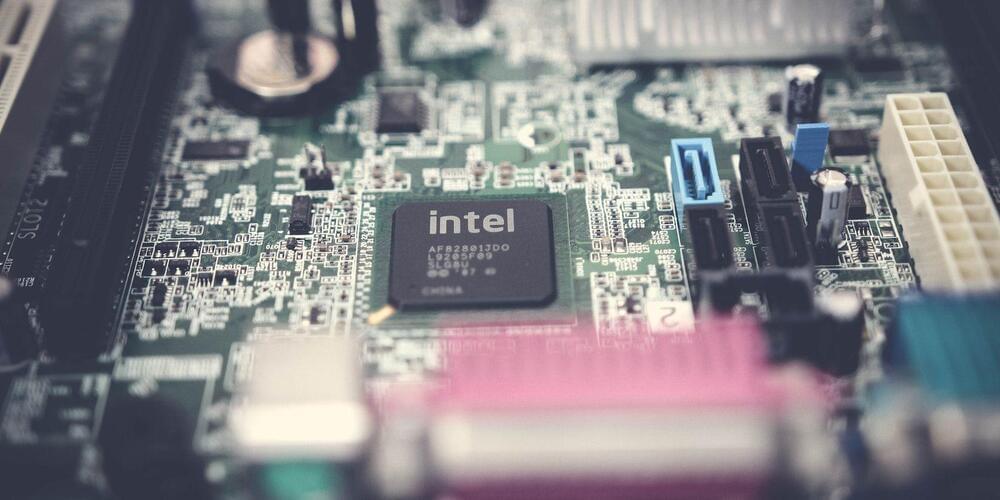WASHINGTON, Oct 16 (Reuters) — When British naturalist Charles Darwin sketched out his theory of evolution in the 1,859 book “On the Origin of Species” — proposing that biological species change over time through the acquisition of traits that favor survival and reproduction — it provoked a revolution in scientific thought.
Now 164 years later, nine scientists and philosophers on Monday proposed a new law of nature that includes the biological evolution described by Darwin as a vibrant example of a much broader phenomenon, one that appears at the level of atoms, minerals, planetary atmospheres, planets, stars and more.
It holds that complex natural systems evolve to states of greater patterning, diversity and complexity.

